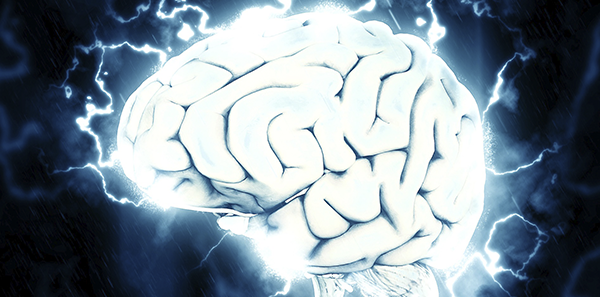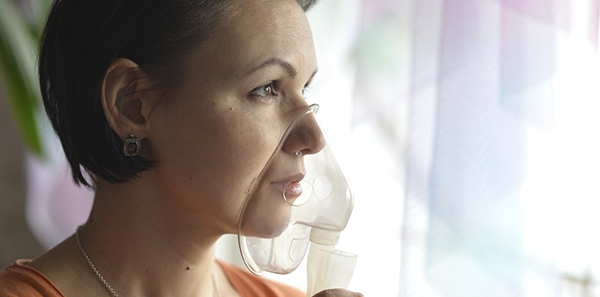
Cephalalgia is the medical term used to describe a headache. A migraine is a chronic Cephalalgia characterized by an intense, acute pain which affects the quality of life of the people who suffer from it. However, not all kind of a headache is a migraine. This is not a simple headache but a group of neurological and nonneurological symptoms where the pain is the cardinal symptom but not the only one. A migraine affects 14% of the population. In Spain, more than three million people suffer this illness, and two million are women. A migraine can appear at any age. Up to 85% of the patients catch it before they are 30. One in five women between 20 and 40 suffer from a migraine.
It is characterized by the recurrent crisis of pain with variable strength, frequency and duration depending on the patient. In general, when a person suffers a migraine crisis, it presents three distinctive phases: prodromus (state prior to the appearance of pain), aura (transitory focal neurological symptoms) and cephalalgia (a headache).
At least a third of the patients suffer premonitory symptoms the previous day or hours before: eagerness for sweets, yawing, changes of mood or liquid retention. Les than a third of the patients usually feel transitory focal neurological symptoms (aura), generally before the cephalalgia. Vision alteration symptoms are the most common: appearance of sparks within the visual área (photopsia) lack of visión in a particular point (stoma), transitory loss of visión in the middle of the visual área (hemiopsia). Sometimes, the aura affects the senses (numbness of a part of the body), motor functions (efferent) or language (difficulty to speak and understand). Cephalalgia is the cardinal symptom of a migraine crisis. THe pain is usually pulsatile (throbbing) and affects half of the head (hemicrania). Cephalalgia is worsened by physical activity and relieved by rest and sleep. It is usually accompanied by nausea, with or without vomiting, and its sensitivity increases with light (photophobia) and sound (phonophobia).
The treatment has a doublé aspect: the symptomatic and the preventive. Regarding the preventive treatment, the prescription of this must be individualized for each patient, it must usually be started:
1. When the patient suffers frequent attacks (more than two per week.
2. When the crises substantially keep interfering with the life of the patient in spite of having an appropriate treatment, independently of the number of crises.
3. If the patient has problems (contraindication, intolerance, ineffectiveness) with the treatment.
4. In cases of abuse of analgesics, which is mostly due to the patient`s indiscriminate self-prescription of medicine.
The most widespread drugs used for the preventive treatment of a migraine are; beta-blockers, calcium-antagonism, antidepressant (amitriptyline) and common anti-epileptic medicines. Recently new anti-epileptic drugs have proved their effectiveness, not only preventing migraine but also other kinds of primary chronic cephalic disorders very frequent among the population.
Dr. Eva Pomares Aria- Neurological Doctor. Mediterranea Neurosciences Clinic
The information published in this media neither substitutes nor complements in any way the direct supervision of a doctor, his diagnosis or the treatment that he may prescribe. It should also not be used for self-diagnosis.
The exclusive responsibility for the use of this service lies with the reader.
ASSSA advises you to always consult your doctor about any issue concerning your health.












